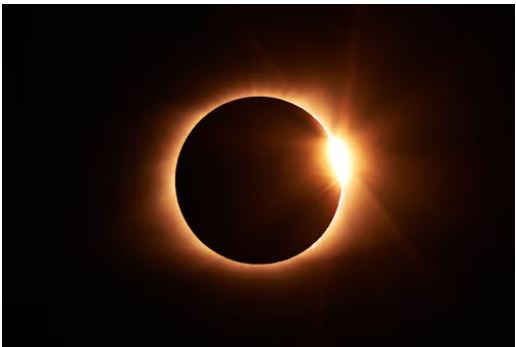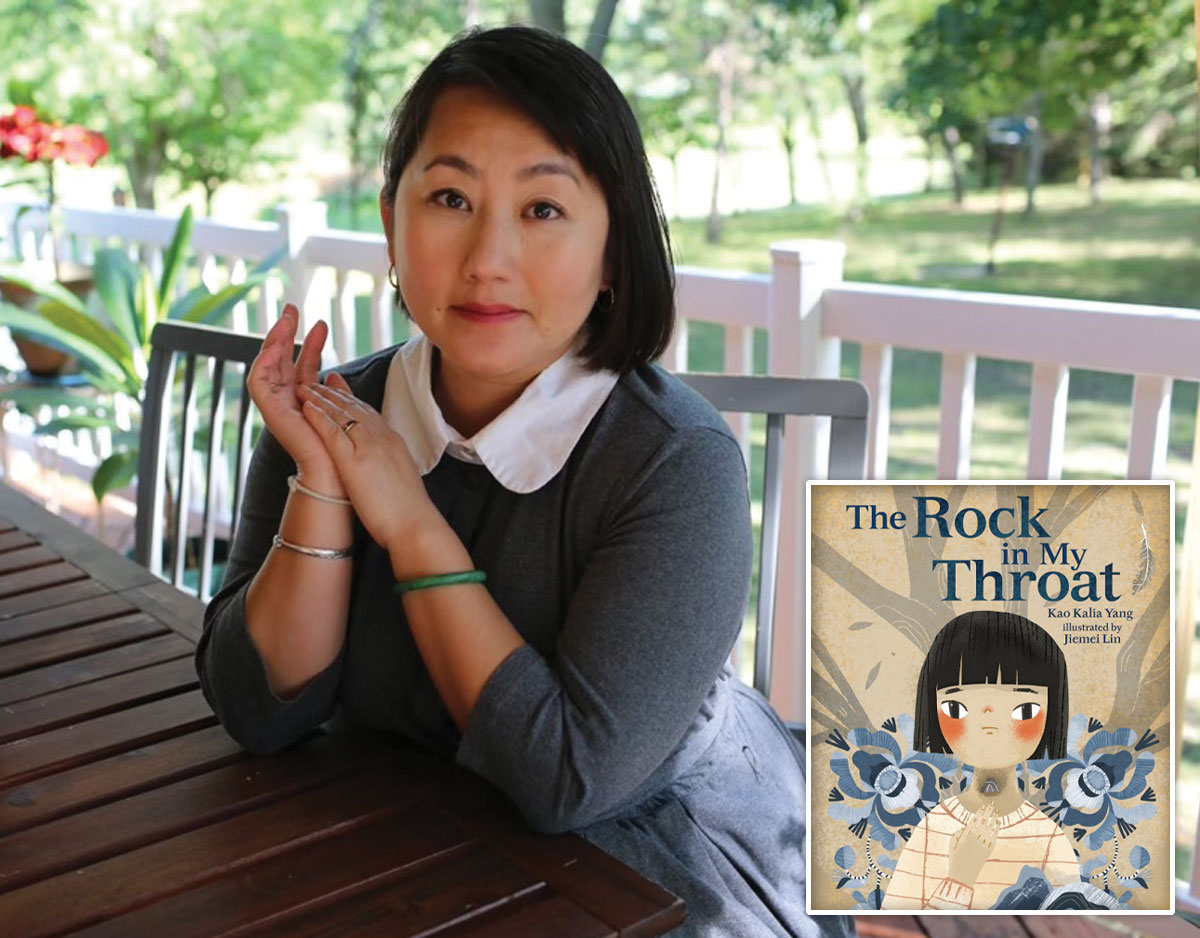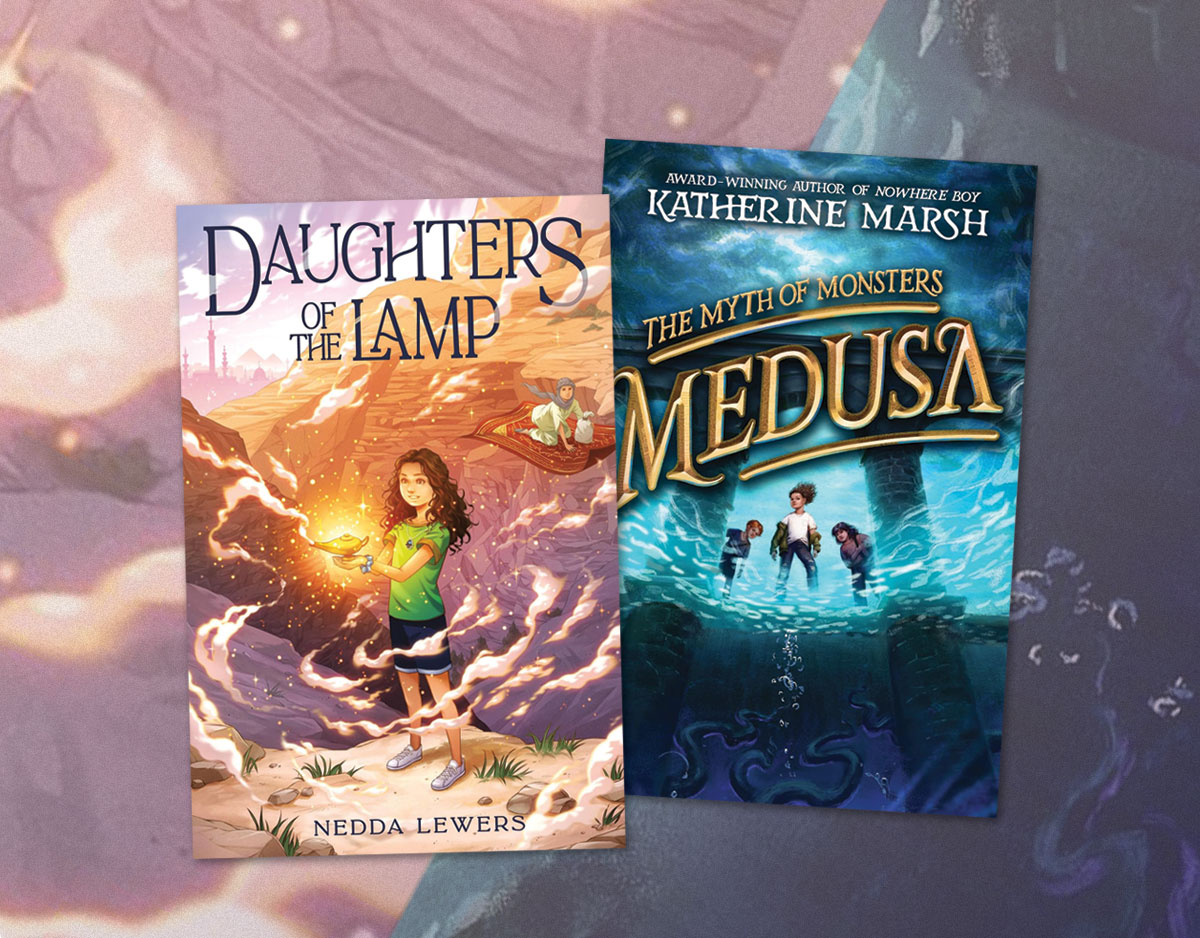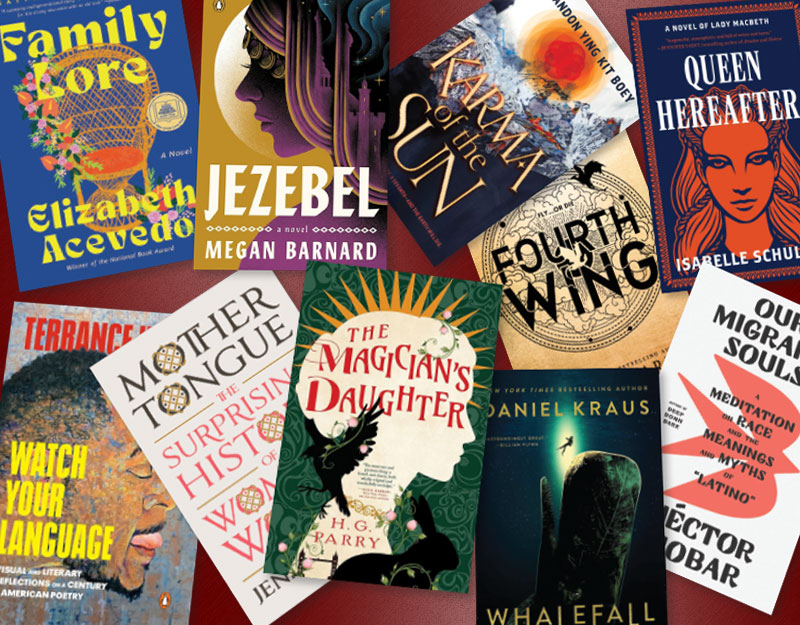SCROLL DOWN TO READ THE POST
2015 Nonfiction Part Two

 Stonewall: Breaking Out in the Fight for Gay Rights by Ann Bausum
Stonewall: Breaking Out in the Fight for Gay Rights by Ann Bausum
Viking, May 2015
Reviewed from final copy
Boys Who Challenged Hitler: Knud Pedersen and the Churchill Club by Phillip Hoose
Farrar, Straus, and Giroux, May 2015
Reviewed from final copy
We’ve got two nonfiction reads. They’re both short, they’ve both received a lot of stars, and they’re both bringing new material to teen collections (IE, they’re full of SIGNIFICANCE, which may not be Printzly, but is still exciting and interesting to talk about). Will either one go the distance?
Wait, though. Did I really do the first post on nonfiction last week? I assumed we’d already covered others. This has nothing really to do with anything, I’m just surprised that it essentially took me a week to realize I broke the NF wall already.
ADVERTISEMENT
ADVERTISEMENT
Ahem. Well. Will either one go the distance? I’m not entirely ready to commit, but am willing to be convinced, at least on one title.
Stonewall
With 4 stars, this can work as introduction to the Gay Rights Movement; it provides good context for readers who have a very different regard for the closet than previously (note: this is also very heavily based on my working at a special snowflake school in NYC, so I know I’m coming from a particular perspective here in saying that). The short chapters are engaging, and the format overall is strong: good organization, good images, etc. This is a reading experience with a lot of clarity.
However, I think that the length here works against the book; at times it felt superficial. With a little more time — with a slightly higher word count — this book might have done more. There are a few times where word choices and framing make the title seem a little younger — for example, Bausum’s description of the touchpoint of the riot: “Differences of fact and opinion swirl around that night’s scene in general and certain details in particular…if…a fight breaks out on the playground, the facts may need to be reconstructed from the reports of participants and witnesses.” The point is belabored, and it’s all there to point out that we cannot be sure who actually set off the riot. Fine — except. Except. The focus of this story really seems to be the experience of the white, cisgender, gay man. Bausum goes to great lengths to illustrate how the experience overall was shared by everyone in the bar and on the street — gay men, lesbians, trans* people, queer people of color. But the women, trans* people, and people of color, who were also an integral part of this moment and movement, are not even named in the narrative. I wanted more details, more inclusivity — more! And with more pages, we might have gotten that.
Boys Who Challenged Hitler
Boys has 6 stars, and many parallels with Stonewall. It’s also relatively short, it can serve as an introduction to a topic not much covered in teen books (I mean, WW2 is, of course, but the specifics of the Danish resistance don’t get all that much coverage on a YA shelf. So, SIGNIFICANCE again). This is another well formatted title; the short chapters, good organization, and carefully chosen images all combine to a good reading experience. Well, almost — I do wish the sidebars included in the text were actually sidebars. Putting the additional information in the middle of the page kind of messed with my reading flow. (Perhaps you are more adaptable than me, though!)
Hoose’s storytelling is fleet and inviting. His words provide a strong cradle for Pedersen’s first person narration that is immediate, vivid, and compelling. Although the page count is relatively low here, too, it feels full of details without being overwhelmed by particulars. Pedersen’s voice conveys such humor and understatement and is one of the real strengths of the book; it’s absolutely absorbing. (After STEALING A NAZI RIFLE: “We composed the next day’s patrols and adjourned our meeting to go home and study for our midterm examinations.”)
It certainly doesn’t hurt that the subject matter is so compulsively readable. The boys are ingenious. Their creative thinking, brash heroics, and place in epic history combines into a robust, captivating narrative. Hoose’s set up and Pedersen’s detailed memories give members of the group personalities, adding depth and texture to the history.
Of the two, I think that Boys has a shot at a medal; it’s a more cohesive package and (with nearly twice the page count) covers a lot more ground (comparatively). Then again, I’m not totally ready to call either one, even Boys, a contender — not because of any real flaws, though. Hmm, I just checked and, as always, Jonathan has put it quite well. However, maybe YOU feel strongly about it — see me in the comments?
Filed under: Books to look for, Nonfiction
About Sarah Couri
Sarah Couri is a librarian at Grace Church School's High School Division, and has served on a number of YALSA committees, including Quick Picks, Great Graphic Novels, and (most pertinently!) the 2011 Printz Committee. Her opinions do not reflect the attitudes or opinions of SLJ, GCS, YALSA, or any other institutions with which she is affiliated. Find her on Twitter @scouri or e-mail her at scouri35 at gmail dot com.
ADVERTISEMENT
SLJ Blog Network
2024 Books from Pura Belpré Winners
In Memorium: The Great Étienne Delessert Passes Away
Winnie-The-Pooh | Review
Finding My Own Team Canteen, a cover reveal and guest post by Amalie Jahn
The Classroom Bookshelf is Moving
ADVERTISEMENT
ADVERTISEMENT







